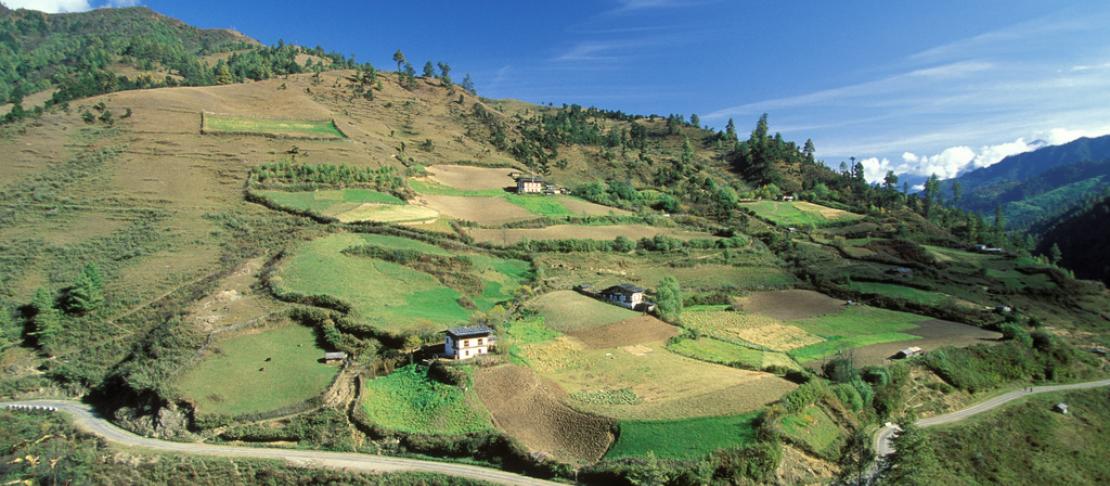Maps illustrating climate variability in various regions now available

Our Data and Tools for Planning team has recently coordinated and released a site atlas for the research sites in East Africa, West Africa and South Asia.
The recently released atlases add to the growing suite of documents that provide background information on the CGIAR Research Program on Climate Change, Agriculture and Food Security (CCAFS) research sites. Each site atlas contains a variety of maps illustrating climate variability, bio-physical characteristics and socio-economic variables.
Combined with the household level baseline survey, the village level study, and the organizational interviews, researchers can gain a broader understanding of the context within each site.
Explore the maps below and on the newly created Atlas site.
Ethiopia - Borana
India - Haryana / Karnal
Specific characteristics included in the atlases are annual rainfall and temperature, topography, agricultural resources such as soil types, length of growing period, land cover and land use, population and livestock density, market access and livelihood zones.
When creating an atlas, every thematic map needs a number of topographic features, such as settlements, relief, rivers, roads, administrative boundaries, names, and coordinates. This enables the map user to have a spatial and geographical orientation. The consultants who compiled the atlases used data from USGS GIS, Google Earth satellite images, and the global DEM database of the Shuttle Radar Topographic Mission (SRTM), among other sources.
Space being limited, the amount and shape of topographic features depends mainly on the scale and the aim of the map-space. The scales of the topographic maps in the CCAFS Site Atlases are ranging from 1:750,000 for East Africa and South Asia to 1:1,000,000 for West Africa. They are all determined by the geographic extension of the presented area and the output paper size of the site atlas format (A4).
The atlases will improve the knowledge and understanding of the sites, which are essential for prioritizing research and planning.
Explore our research sites further on the Adaptation, Mitigation and Knowledge Network (AMKN) Platform.
Laura Cramer, Jusper Kiplimo and Koert Sijmons work with CCAFS Data and Tools program.



